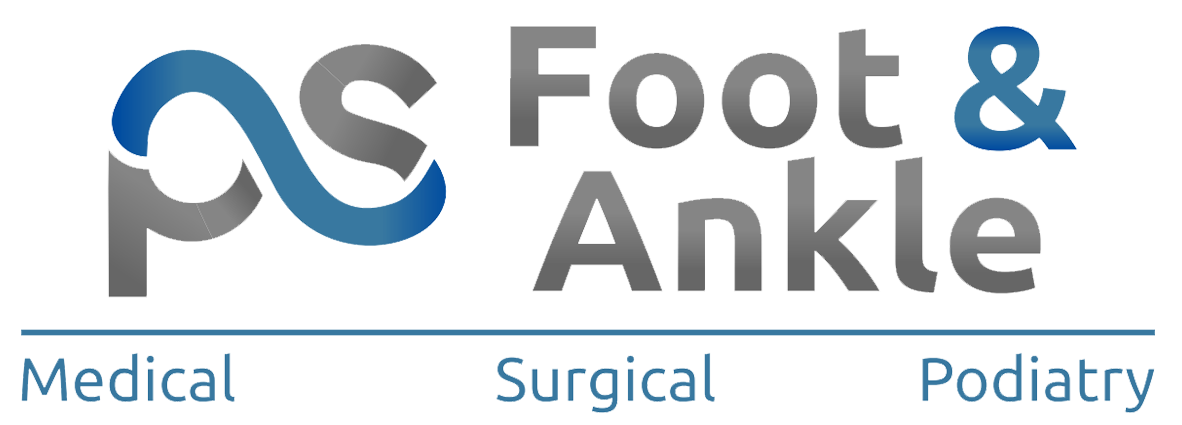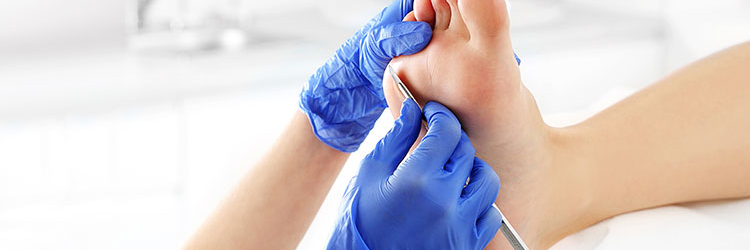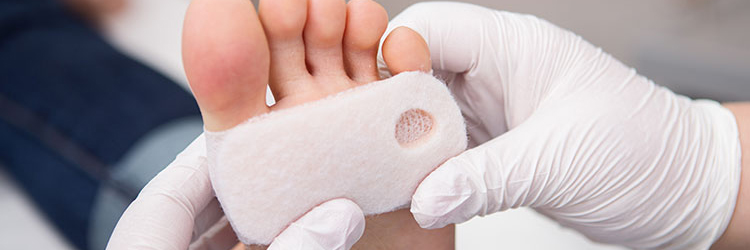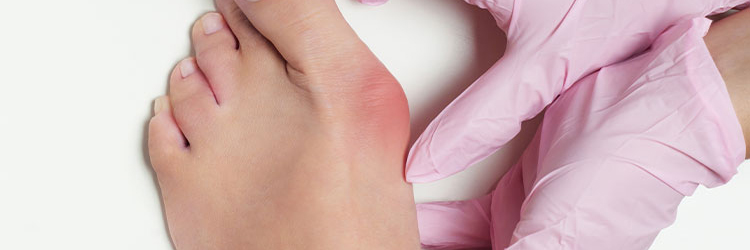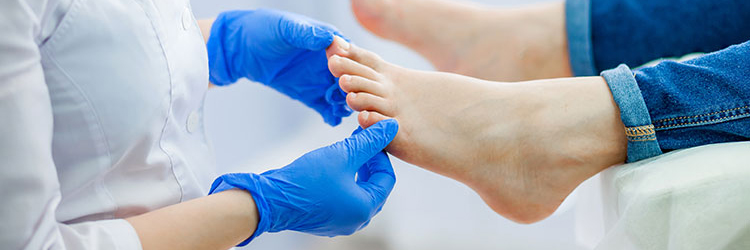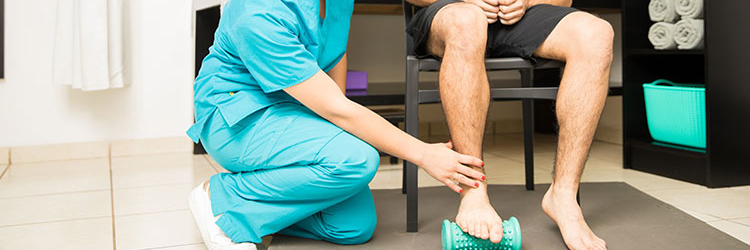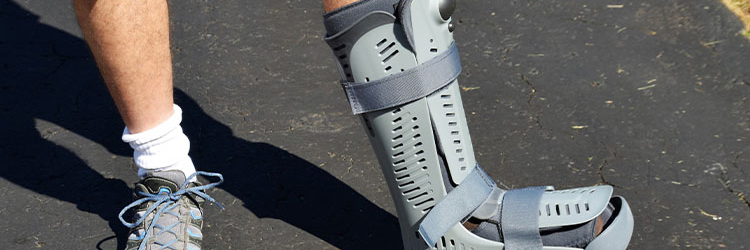Understanding and Alleviating Heel Pain
Heel pain is a common ailment that can affect people of all ages and lifestyles. Whether you’re an athlete, a busy professional, or someone who enjoys a leisurely stroll, heel pain can disrupt your daily activities and quality of life. In this blog post, we’ll explore the causes of heel pain, common conditions associated with it, and effective strategies for relief.
- Plantar Fasciitis:
– Plantar fasciitis is one of the leading causes of heel pain worldwide. It occurs when the band of tissue (plantar fascia) that connects the heel bone to the toes becomes inflamed and/or irritated.
Contributing factors: Overuse, improper footwear, obesity, and foot mechanics issues. - Achilles Tendinitis:
– This condition involves inflammation of the Achilles tendon, the large tendon connecting the calf muscles to the heel bone. —Common causes: Overuse, sudden increases in activity, poor footwear, and tight calf muscles. Heel Spurs:
-Heel spurs are bony growths that can develop on the underside of the heel bone, often associated with plantar fasciitis as the tissue is under stress and strain.
Risk factors: Age, obesity, long-term strain on the plantar fascia.How can you identify heel pain conditions?
Common symptoms are sharp or dull pain in the heel, especially in the morning or after prolonged periods of rest. Sometimes it can also manifest as swelling, redness, or warmth in the affected area. For some individuals there can also be difficulty walking or standing for extended periods.
Consultation with a healthcare professional, such as a podiatrist is best to better understand your condition. Additionally imaging tests like X-rays or MRIs may be recommended to identify specific conditions.
Here are some Effective Strategies for Relief:
R.I.C.E Method:
– Rest: Allow your feet to rest and avoid activities that exacerbate the pain.
– Ice: Using a frozen water bottle for 15 min by rolling the foot on top of the bottle is ideal.
– Compression: Use compression wraps or sleeves to reduce swelling.– Elevation: Elevate your feet whenever possible to minimize inflammation.
Stretching Exercises
Perform gentle stretching exercises for the calf muscles and Achilles tendon to improve flexibility and reduce tension.Supportive Shoegear
– Invest in shoes with proper arch support and cushioning to the heel to help alleviate strain on the heel.
– Consider custom orthotics for personalized support – ask your podiatrist!Physical Therapy
– Work with a physical therapist to address muscle imbalances, improve strength, and correct gait issues.
Medications
Non-steroidal anti-inflammatory drugs (NSAIDs) may help manage pain and reduce inflammation under the guidance of a podiatrist.
